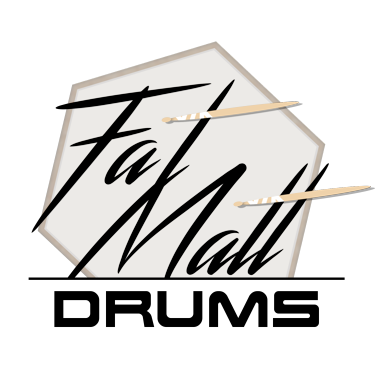Quality Control for Rudimental Drummers
Now available as a digital download for only $20, via Marching Monk!
Preview the inside before you buy!
Quality Control consists of 32 advanced exercises designed to expose weaknesses in fundamentals, timing, and sound quality, in addition to expanding rhythmic and rudimental vocabulary. The exercises have the flavor of more basic, or “stock,” exercises, but usually with some added twist that focuses it on a higher-level demand of drumming mechanics. These exercises are prefaced with a chapter on technique which introduces The Technique Triangle, a framework for isolating and understanding the main components of rudimental drumming mechanics: wrist turn (how you move the stick), fulcrum (how you hold the stick), and rebound (how you allow the stick to move after it strikes the playing surface).
A companion DVD includes *.mp3 files of accompanying recordings. These are not recordings of the exercises; these are original compositions written in Virtual Drumline to give you something fun to listen to, while anchoring your practice reps to a solid source of timing. An individual *.mp3 file is included for each tempo of each exercise, with at least four repetitions of the exercise. Some exercises can be felt in different ways; for example, a fivelet-based exercise may be felt as fivelets in 4/4 time, or as sixteenth notes in 5/4 time. Exercises that lend themselves to being felt in different ways have additional recordings for these different rhythmic feels, as well as combination recordings that alternate between different feels with each repetition.
Not only will you improve your mastery of drumming mechanics, but your sense of groove and musicianship as well!
Example: Exercise and Recording
This exercise from Quality Control works on understanding and applying rebound in a doublestroke context. The isolated doublestrokes (with an excessive amount of hang time between successive attacks on a hand) provide an opportunity to isolate the motions involved in playing quality doublestrokes with maximum sound quality, rebound, and efficiency.



